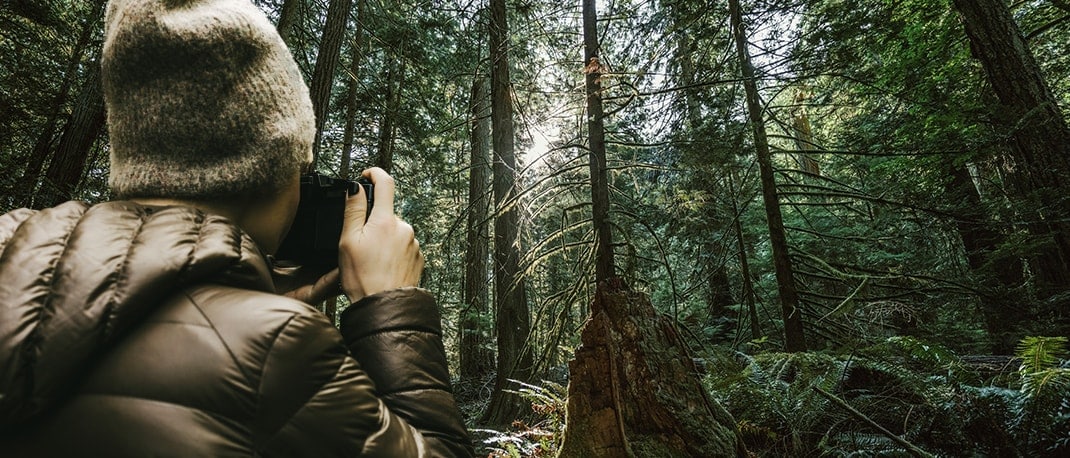Now that you might have decided onto which place you will visit from among the top 5 bird photography destinations in India, the next thing you need to do is to get that bag pack out from the closet and pack all your stuffs! But hey here’s a catch, when plan a trip, you need to remember that these locations are not open all year round therefore, the first and foremost thing you need to be aware of the best time to visit either of locations before chalking out a plan and accordingly pack your belongings. If you are newbie this all could seem a little challenging to you. Here’s a brief on the weather conditions of the top 5 destinations for bird photography to help you gauge the best time to visit. That’s not all also know what gears you need to pack along according to the season!
Is there a good or bad time to watch or capture birds or animals on the DSLR? Well, there never really is a ‘bad’ time to capture diverse fauna on your DSLR, it’s just that knowing the best time of the season can help you get a glimpse of variety of winged species.
A large number of tourist, wildlife & bird photography enthusiasts visit India’s oldest National Park to spot endangered animals, attractive and rare birds as well as to enjoy the pleasant weather. The Jim Corbett National Park is a year-round destination as it has a moderate climate. However, depending on what you want to do here’s a take on.
|
|
|
 |
|
With the average temperature rising up to 40 degree Celsius, Jim Corbett experiences hot and sunny summer. You can find animals like tigers, deer’s, elephants etc. frequently coming out from their hideouts to cool themselves off by taking dips in the nearby river stream or ponds. If you plan to visit India’s oldest National Park during summer, then do visit the areas near the river streams as there are chances of you encountering a herd of deer’s as they surround the pond to drink the cold water and quench their thirst or that of a tiger taking a quick dip to beat the heat. However, due to the onset of rainy seasons the core area of the National Park is cordoned off from the 15th of June onward. |
On account of heavy rainfall, many zones are closed during this time of the year. Adding to this, monsoon being the breeding season for many animals, visitors are restricted from visiting certain zones. Hey, but you can always visit the Jhirna zone to spot and capture some tigers, elephants, deer’s and more! On your DSLR. Sounds intruding? Well, this landscape is pretty rich in wildlife and can be ideal spot for many budding photographers who want to experiment around with wildlife and bird photography during monsoons.
|
Winter commences from November to February, the temperature during this time could vary anywhere between 6 degree Celsius to 31 degree Celsius. Winter is the best time to visit Jim Corbett since, during this time of the year all the zones are open to visitors. Apart from this, it’s a perfect season to capture the glimpse of diverse bird species on your DSLR. |
Flocked with dynamic species of birds, Chilika Lake is a paradise for many bird photography enthusiast. Well, here is something more that could interest you about Chilika Lake. This is the only place in India where you can find endangered Irrawaddy dolphins!
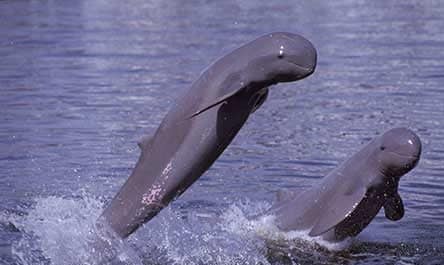
Irrawaddy dolphins
If you are someone who loves capturing birds amidst a scenic sunrise or sunset plan your trip to this place. That being said, before you embark your journey to the largest lagoon in India, here’s the climatic condition of this place.
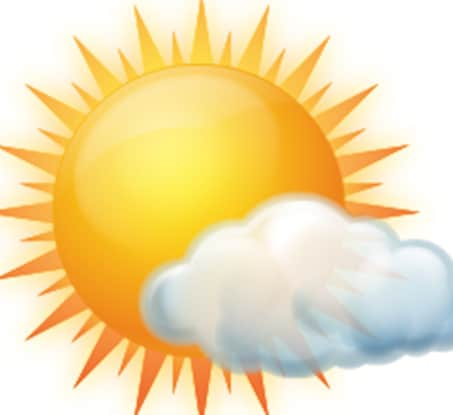 |
 |
 |
|
The summer is generally hot and humid with the temperature ranging anywhere between 24 degree to 36 degree Celsius. Although you won’t find a variety of winged species around during this time of the year you can definitely visit this place to catch a glimpse of the Irrawaddy dolphins. |
Chilika Lake region experiences heavy to very heavy rainfall by South West monsoon. That being said, it is highly advisable that you don’t plan a trip during this time of the year as the lake isn’t sailable and you won’t find anything enthralling and worth capturing in your DSLR. |
The winter season is considered to be the best time to visit Chilika Lake as it is in this time of the year that you can capture an array of migrated species of birds. |
The Eaglenest Wildlife Sanctuary is quite a picturesque place situated on the lofty hills of the West Kameng District in Arunachal Pradesh. This lush green location is simply mesmerizing and breathtaking. Before you go ahead and book your tickets to visit Eaglenest Wildlife Sanctuary get an overview of the climatic conditions of this place.
 |
 |
 |
| Generally the summers here is pleasant making it a favourite hot spot for many photographers, since the location provides a perfect ambience to click some striking pictures of Himalayan birds, colorful butterflies and other flora and fauna. |
The alluring monsoons though makes the region scenic and attractive, it is best not plan any visit during this time as this region experiences heavy rains which could probably damage the approach roads in and around the Sanctuary. Also, in such heavy rains its difficult spot any avifauna. |
The winter season although slightly cold is refreshing and is considered as a perfect time to visit the Eaglenest Wildlife Sanctuary. This is the time when the visit to the Sanctuary is at its peak as many visitor come to capture the various species of birds found during this time at Eagle Nest. As the place is crowded during this time of the year it is recommended that you book your visit well in advance. |
Bharatpur Bird Sanctuary is to one of the world’s best-known bird watching destinations, situated on the borders of Thar Desert. If in case you planning to visit this place, it’s necessary that you know the climatic conditions since, Rajasthan is known to have extreme seasons and climatic changes.
 |
 |
 |
|
The summers are particularly harsh with temperature rising upto 48 degree Celsius during daytime. The scorching heat and dry weather does not make Bharatpur Bird Sanctuary a suitable place of visit. It’s advisable that you avoid planning your stay at Bharatpur during this season. |
The city of Bharatpur experiences heavy rainfall. The rainy season is undoubtedly better than the summer’s. But, planning a visit during this time will only dampen your enthusiasm as spotting birds during monsoons is a rarity at Bharatpur Bird Sanctuary. |
With the onset of winter, you will experience server drop in the temperature, to your surprise the temperature can drop as low as 0 degree Celsius in winters. However, this happens to be the best time of the year to visit the Bharatpur Bird Sanctuary to witness an array of residential and migrated birds. |
 |
 |
 |
|
Summers tend to be quite hot in this area with the temperature rising upto 45 degree Celsius. The water bodies within the sanctuary dries up because of the heat and soaring temperature. Definitely, this really isn’t the ideal time to plan a visit to this place. |
During monsoons, although there is lush greenery in and around the sanctuary, you won’t really find migrated birds during this time of the season. But if you are on a look out for fish-eating birds then, this is the right season to plan a visit and watch them from close proximity. |
The winter season is a typically preferred season to visit Sultanpur Bird Sanctuary.as the weather gets pleasant with temperature fluctuating anywhere between 3 degree to 12 degree Celsius. During this time of the year, you can enjoy watching and capturing some rare bird species like the Siberian Crane on your DSLR. |
As a beginner you probably get puzzled about picking the right gears for your first bird or wildlife photography experience. To cut down onto your worries here’s a list of gears that you need to pack before you embark on your journey of bird photography.
- Binoculars
- Field Guide
- Checklist
- Notebook & Pen
- Tripod
- Camera
- Batteries & Memory Cards
-
Camera Covers
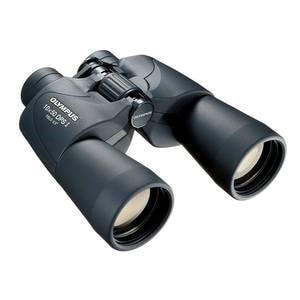 Binoculars is perhaps the most indispensable equipment for bird photography. Bird photography is often a game of patience, you probably might spend hours of scanning through the location to find your intended target But, practically speaking it’s not really possible to do so with your camera lenses hence, binoculars is a must have gear in your bag pack so that you get a clearer view of the birds from where you standing without actually intruding into the space of your feathered friends.
Binoculars is perhaps the most indispensable equipment for bird photography. Bird photography is often a game of patience, you probably might spend hours of scanning through the location to find your intended target But, practically speaking it’s not really possible to do so with your camera lenses hence, binoculars is a must have gear in your bag pack so that you get a clearer view of the birds from where you standing without actually intruding into the space of your feathered friends.As a beginner you really don’t need to invest in an expensive pair of binoculars. A decent budget friendly binoculars could easily range anywhere between 4ooo/- to 7000/- Investing in a right pair of binoculars will simply enhance your experience of bird photography.
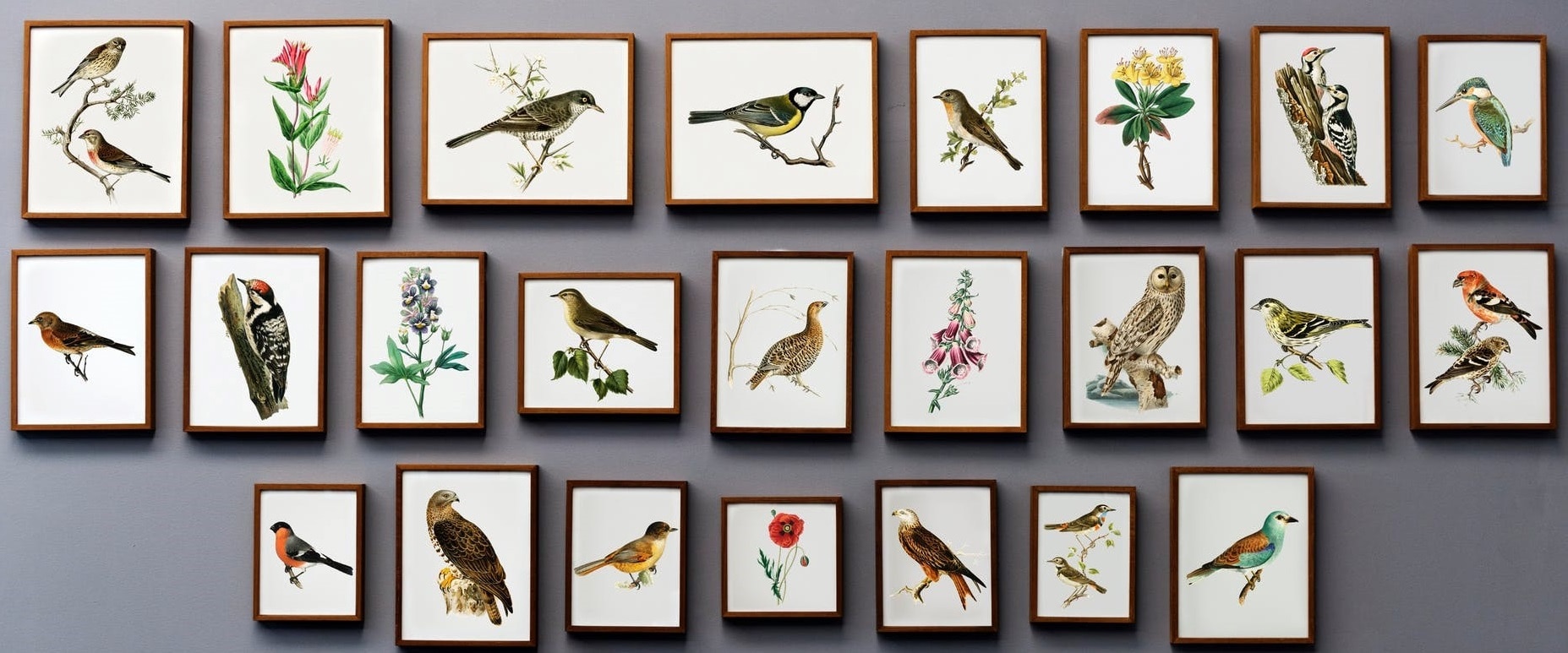
There is nothing more frustrating for the novice birdwatcher than seeing a tree full of beautifully colored birds and not being able to identify any of them. This is where the field guide comes in. A field guide is simply a book which describes all of the birds in a particular area. There is usually one page per species, with an illustration of the bird, a description of their plumages, information on their habitats and a range map showing where they normally occur.
Field guides are indispensable for novice birders, or even for expert birders who are new to a region where the birds are different from those back home. Field guides can be purchased in almost every bookstore.

A checklist is similar to a field guide in that it lists all of the birds which are found in a particular area. But unlike the field guide, there is not much more information included on the list, unless it’s a list for an area where the birdlife has been well studied, in which case the list will also have information about when each species is present and its status, i.e., a breeding bird, a migrant or a year-round resident.
Checklists are very useful for keeping track of the birds you encounter during a birding trip. All checklists can be folded and slipped into a pocket or between the pages of the field guide. Whenever you see a bird, you simply find the entry for that species and “check it off”.
Most birders keep a supply of checklists handy. A good way to verify if you are riding in the car of a birder is to check to glove box; if it’s crammed full of both used and unused checklists, you’re riding along with an experienced birder.
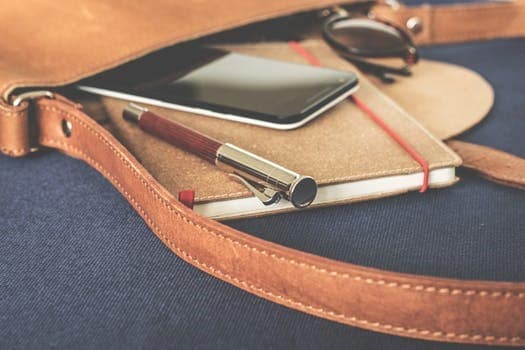
Not every birder carries a notebook but novice birdwatchers find it useful to record their observations. A good way to learn bird identification is to examine a new bird closely, then write down a detailed description of what you saw in the notebook. This way, when the bird flies off, you can take your time going through the field guide, comparing the information in the guide to your description of the bird.

As mentioned earlier, bird photography requires a lot of patience which means, you’ll have to invest a good amount of time in waiting with your camera all set to capture the intended click. Continuously holding the camera along with the weight of the lenses could strain you therefore, to prevent this strain a tripod is a perfect choice to go for. Apart from this, be it any kind of topography, a tripod acts as a support for you to easily click blur free pictures on
If you are an amateur and planning to invest in a tripod for your first excursion ensure to look for a tripod, that it is sturdy, light weight and offers plenty support to your camera and the lens. If budget isn’t a constrain to you, a carbon fiber tripod is relatively a better option to invest in as compared to the aluminum one as it is light weight and offers ample of support to your equipment’s.

As a beginner you are all excited to take a shot of the birds around. As you will find every bird unique and worth a click. While doing so, there are chances that you may experience some fumbling moments between juggling with your binoculars and camera hey, don’t worry about it every beginner has being through that phase. Keeping this mind, it’s not necessary for you to invest in an expensive DSLR cameras. You can use a simple point and shoot camera till you get a flare of capturing the right desired click.
You are bound to capture multiple clicks to get that one single perfect shot. Keeping this in mind it is always good to keep some extra batteries and memory cards handy. Ensure to keep your spare battery warm if you are clicking photos in a cold climatic condition.
If you are planning a trip during monsoon to either of the above places. It is a good idea to carry a weatherproof camera cover to protect your camera and lenses from the harsh windy rains. It is advisable that you look for covers that fits your lens and still offer a good view to capture some amazing clicks.
Now, that you are set with your basic requirements and with the right equipment’s it’s time for you to peep inside your closet to find the right attire.
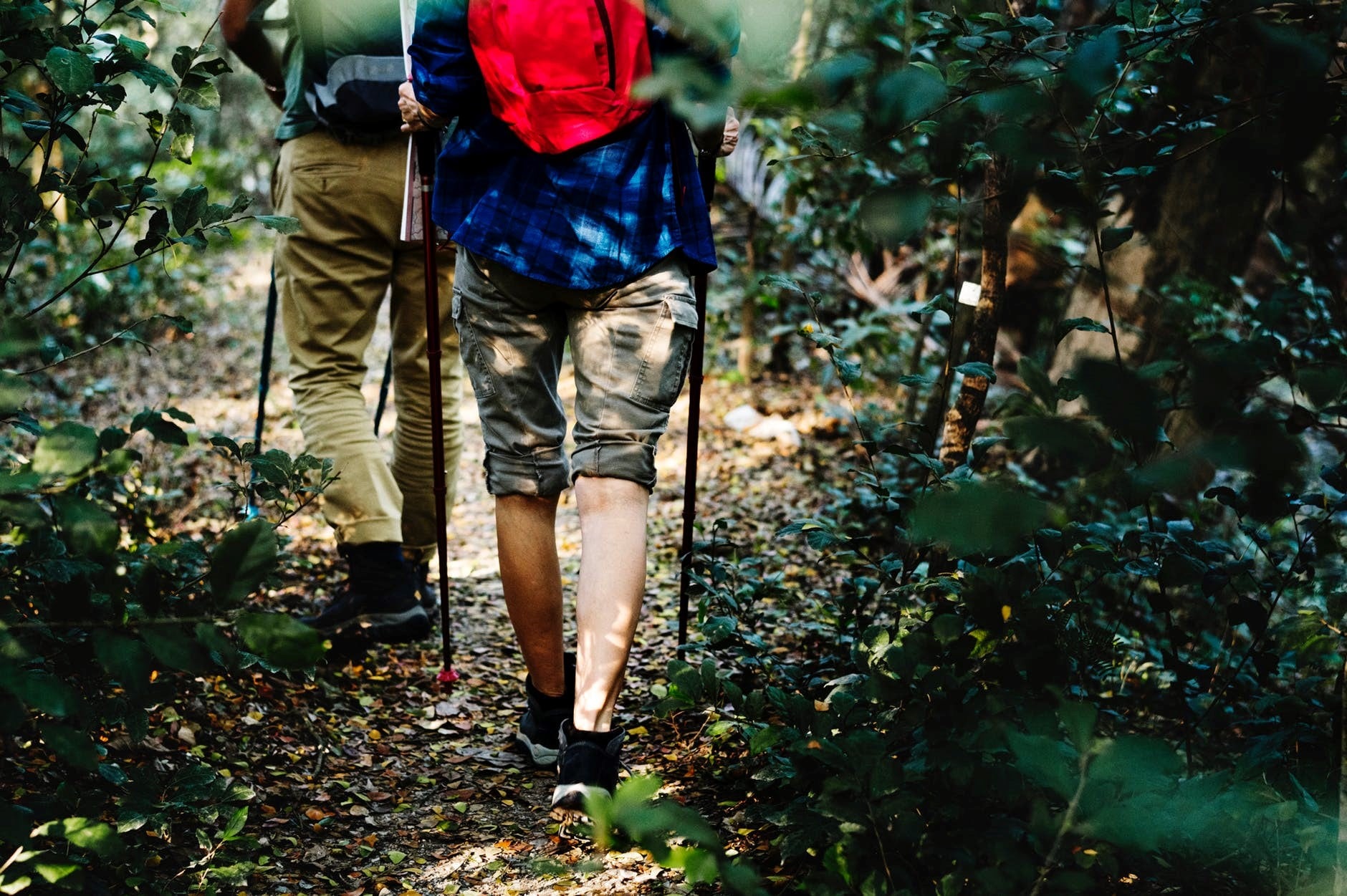
Although you can dress in any clothes you wish to while heading for bird photography, choosing the right attire to wear will help you to get closer to the birds. What exactly to wear depends on the season you visiting the place. For instance, wearing a waterproof footwear if you are visiting a place during monsoon time or thermal wear during cold chilly winters while you can opt for lighter fabrics that provide air circulation during summer.
Apart from this, there are several other factors to consider while you head out for bird photography expedition.
With the utilization of proper techniques and tools according to the season will help you can get some striking captures. Remember to make every attempt an experience and enjoy photographing some amazing winged species.
Do you often venture out to photograph birds? Or have you recently tried your hand at bird photography? Then do share your experiences with us. If you too have had such experiences then do share them with us. Also if you liked our article then do share it with your friends and family who love bird photography.
